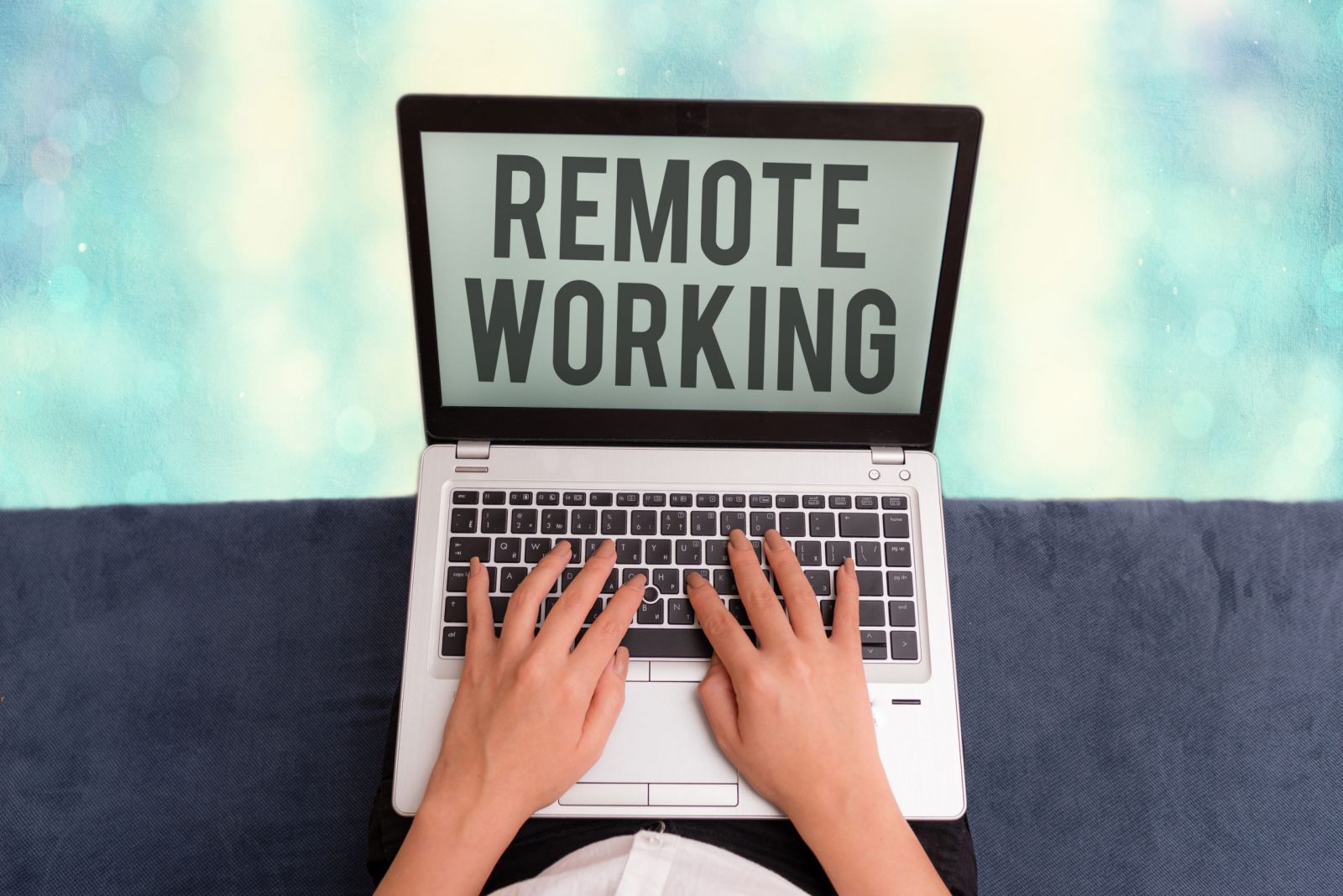If you’re a company like ours, the huge shift that occurred this year with offices switching to working remotely, some overnight, wasn’t that daunting. We’ve been working remotely since inception with colleagues across the globe in different time zones. But for the majority of organizations that were not used to it, it’s been a jarring change and in this post we wanted to highlight why we think the change is likely permanent and how you can make it work smoothly.
Before 2020, there was a move pushing people to be able to work from anywhere. People questioned the need to be together in an office, and companies, like Collaboration Superpowers were teaching people and organizations how to work effectively, virtually. Yet the pandemic sped everything up (at warp speed) and now people are wondering why they’d ever go back.

Some tips from a company that’s been working remotely for years:
#1: Keep SOME in-person events: A few years ago we started meeting twice a year for company retreats. This was a great way to connect on a different level with our colleagues and set larger, strategic goals for the year ahead.
#2: Embrace Tools and Systems that work for you: There are plenty of great collaborative tools, such as Slack, Trello, of course Zoom and many others that make it easy for teams to work together. But just because a tool is known be good, doesn’t mean it’s ideal for your company. Don’t be afraid to experiment with different tools and choose ones that work best for your team.
#3: Get a coach: Many in-person teams have coaches, but it’s not something everyone thinks about when working remotely. This year our team has had two coaching sessions, one in-person and one virtual and it was a good way to discuss things that we rarely talk about. Team concerns, better ways to communicate, etc… But the key is to have these sessions regularly, not to wait for an issue to arise, so that if something does happen, you’re equipped with the right tools to deal with it.

#4: Give timely, concrete, direct feedback: Giving feedback in-person is hard enough, but you can at least read body language. Virtually it’s harder to read people and easier to let things slide and go unaddressed. Make a point, if something’s bothering you, or if you want to say something to someone, to do it in the moment, connect it to a tangible issue and be constructive.












Replies to This Discussion